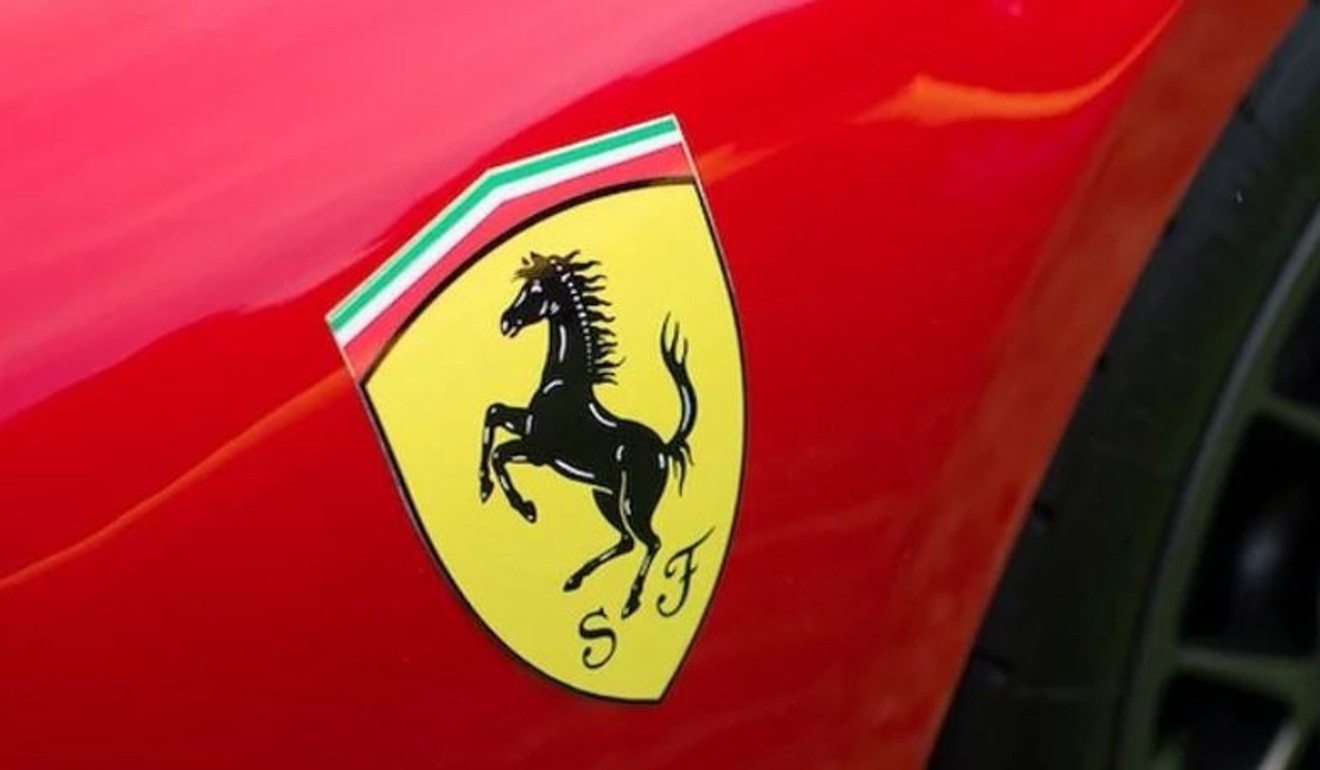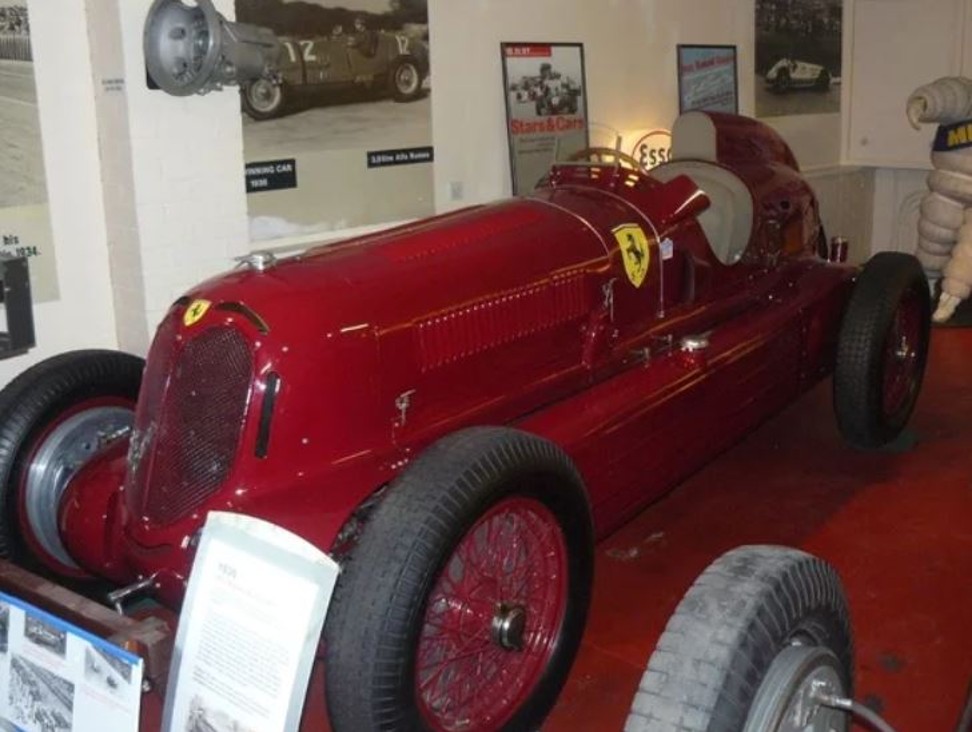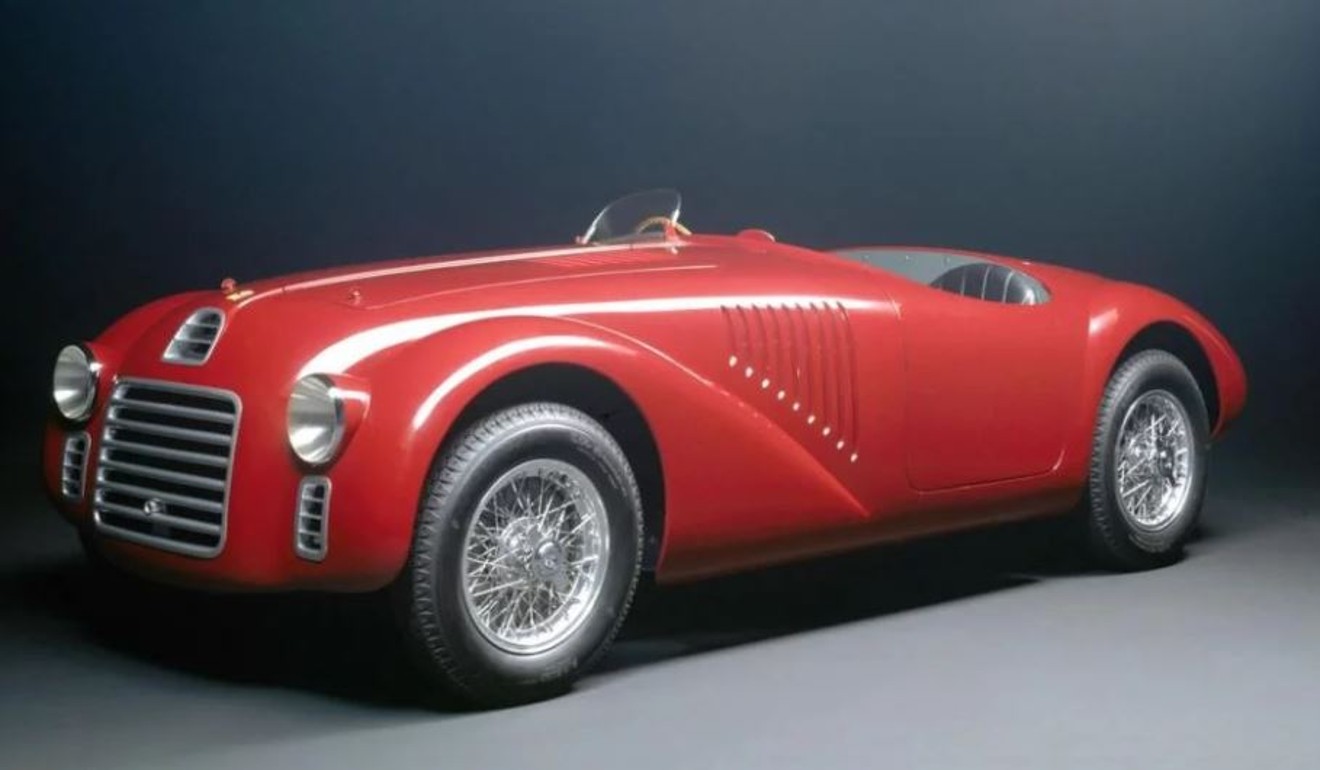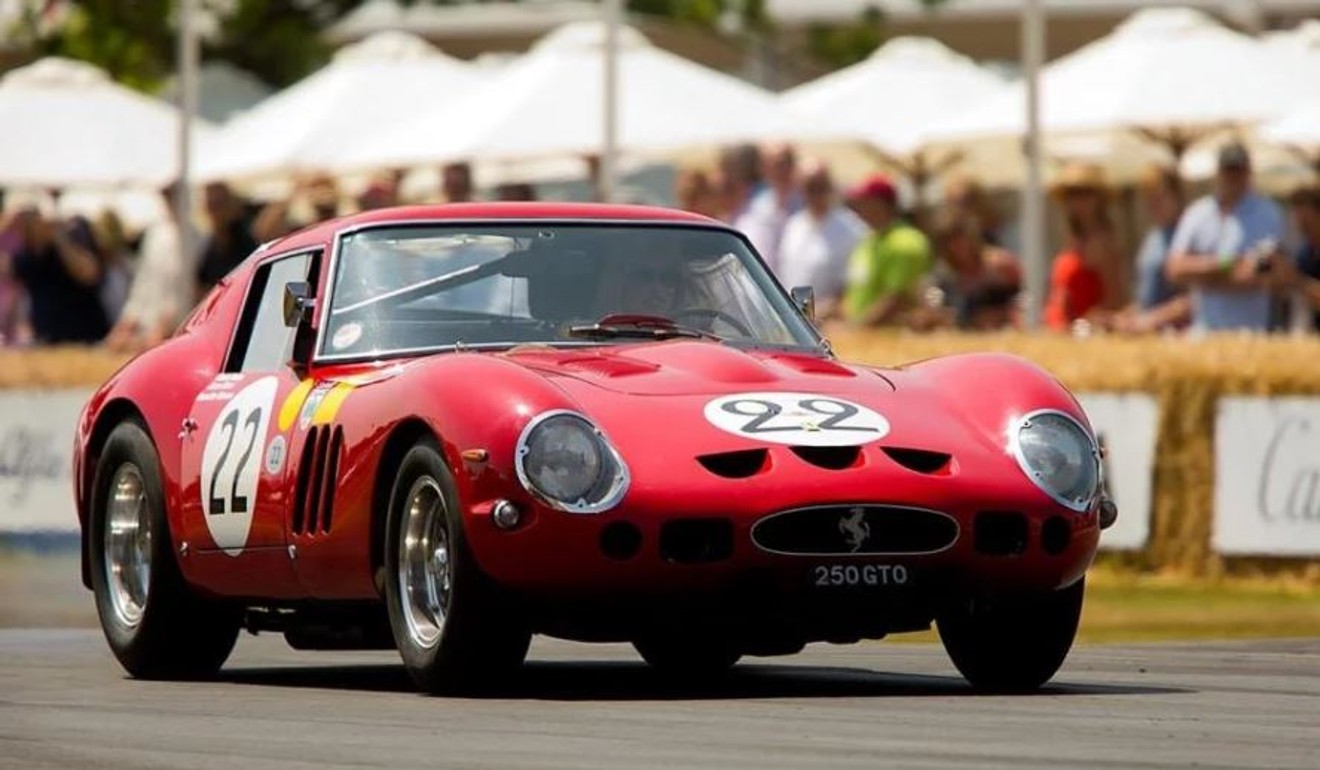How Ferrari keeps its sexy mystique as the top luxury sports car

Growing up, any boy’s childhood would be incomplete if he did not have a poster of a shiny red Ferrari in his bedroom. However, the appeal of a Ferrari transcends age – when one of these Italian masterpieces passes on the road, you have to take notice.
Ferrari has never offered a two-seater car in all-wheel drive (AWD) / four-wheel drive (FWD) – unlike Lamborghini and Porsche, every street and racing Ferrari has been rear-wheel drive (RWD). AWD was introduced in the Ferrari FF four-seater and continued onto their GTC/4 Lusso. Ferrari uses sophisticated traction control systems to ensure the level of safety that others typically use AWD for.
Ferrari has never made an SUV. Unlike Lamborghini, Maserati, Porsche and Bentley, who all have made an SUV, Ferrari sticks to its “racing car” raison d’être. Ferrari will not even make a four-door sedan, relegating it to corporate brother Maserati and its Quattroporte/Ghibli.
What cars do billionaires like Mark Zuckerberg drive?

The Scuderia Ferrari badge you see on Ferrari racing cars and many of the street racing cars represent the “horse stable” (racing team) of Ferrari. What many do not know is that Enzo Ferrari, before establishing the Ferrari S.p.A. in 1947 and racing under that brand, had raced Alfa Romeo cars with this badge. One example of this is the 1935 Alfa Romeo Bimotore.
Ferrari is the only automotive manufacturer to own its own dedicated racetrack for testing. The Pista di Fiorano (“Fiorano” for short), is a 1.86-mile track where each corner is designed specifically to test aspects such as the vehicle’s chassis, braking and roadholding capabilities. The track is used for Formula One and privateer cars, as well as the development of all streetcars.

Whereas many other manufacturers resort to the Nurburgring Nordschleife circuit in Germany for testing and development, Ferrari primarily does its development on this track.
Ferrari’s original mission was to simply build racing cars. The street cars were only there to “finance” the racing division. Over time, the streetcars began to take on their own identity and importance, and eventually became more recognisable than the racing cars. It would be hard for many to reconcile a world without Ferrari street cars now, but Enzo Ferrari supposedly had a disdain for their necessary evil.
Why the 1962 Ferrari 250 GTO is the ultra-wealthy’s choice

Ferrari’s use of race technology in its streetcars gives it a special status. In the old days, this was often merely using racing engines as a platform for streetcar motors, whether it was the vintage V12s or the turbo era F1 cars of the 1980s. A lot of downforce engineering learned in F1 started to be applied in the mid-1990s.
Starting in the late 1990s, Ferrari finally offered its first automated manual transmission, the single-clutch “F1” transmission offered in the F355 model, 1999 model year. This was 10 years after debuting the transmission in the F1–89 Grand Prix car for the 1989 Brazilian Grand Prix. This was the first proper automated manual transmission for a road car and it wasn’t long before other manufacturers followed suit.

Ferrari was all about the V12 engine. It had the sophistication and panache for his cars while exhibiting great performance and sound. For a long time, he never intended on making any other kind of motor. His son Alfredo “Dino” died of muscular dystrophy at the age of 24. He had been working on a V6 engine design for the racing cars, and after he died Ferrari built the Dino 206S racing car in honour of his work.
Eventually, Ferrari built the 206/246 cars under the Dino marque, which led to the V8 powered 308 GT/4 Dino. From 1947 to 1968, all Ferrari road cars were V12 powered, and because of this Ferrari used a different brand name for its non V12 cars. This changed in the late 1970s when Ferrari was struggling to sell these cars amid an oil crisis, so the Dino marque died then.
To this day there are purists who feel that a Ferrari isn’t a Ferrari unless it has a V12 motor.
Ferrari is the youngest of all the Italian marques save for Lamborghini and Pagani. Alfa Romeo, FIAT, Lancia, Maserati, Bugatti (if it is technically an Italian company) are all at least 30 years older than Ferrari.
A superfast BMW and four other speedy saloons

Ferrari is said to have played a major factor in the creation of Lamborghini and Pagani. Legend has it that Lamborghini was created when Ferruccio Lamborghini was dissatisfied with a personal Ferrari road car he owned (250 GTE 2+2), supposedly with its clutch (pictured above at the Lamborghini Museum).
So, Lamborghini upon meeting Enzo Ferrari was rebuffed to an extent that he created his own car company out of spite. “Stick to making tractors, I’ll stick to making cars”, is often the story you hear told. It is a formidable and important car company in its own right which would probably never have been started without this altercation.
Horacio Pagani was a former Lamborghini employee who decided to start his own car company in 1992 and became famous for making hypercars starting in 1999 with the Zonda C12. Eighteen years later, Pagani is still alive and well. His company is one degree removed from being “encouraged” by Ferrari.
We review the new 2020 Bentley Continental GT V8
Ferrari is the most successful car company at creating hype/demand/exclusivity, and has taken its race programme and given it a generous serving of panache, leaving Lamborghini, Porsche and McLaren trailing in its wake. If all four of these cars looked, sounded and drove much the same, the Ferrari would often be considered the most desirable. It’s just how it is, and the dealership network has been able to control supply/demand better than its competitors.
Ferrari has helped its corporate brothers survive. In the early 2000s, Ferrari owned Maserati directly and helped out with its motors and engineering support. Despite Maserati now falling being under the FIAT umbrella, they retain ties to Ferrari engineering. Ferrari also lent a hand with the motor and suspension design for the Alfa Romeo Giulia Quadrifoglio sports sedan; in some ways, this car can be considered a Ferrari sports sedan. Due to branding reasons, Ferrari could never sell sedans or luxury cars in the sub US$200,000 price bracket but via the FIAT empire Ferrari can influence the final product with these other cars.

Despite the criticisms levelled about the lack of performance in the late 90s/early 2000s, and styling since the early 2000s, the one constant over essentially the entire seven-decade run of cars is that they all sound either very good or amazing. Even the V6 of the Dino and the V6 motor of the Alfa Romeo Giulia Quadrifoglio sound much better than a typical V6. When one thinks of Ferrari, the engine sound is invariably its most consistent quality.
Want to buy Rafael Nadal’s former luxury yacht for US$3 million?
Ferrari has produced a ton of different models and variants, in its history. Whereas an extreme Porsche or Lamborghini enthusiast could recite every model in that company’s history, a Ferrari enthusiast would have a major challenge just naming all of the cars from 1947 up to the early 1970s, let alone all of those cars and the ones produced since the early 70s.
The generic model names of 250, 275, 330, 365 alone have numerous variants – both street and racing cars (sometimes blurred) – along with your random 166s, 212s, 400 SuperAmericas, 500 Superfasts built by different coachbuilders. It’s a lot to keep up with, yet never once did it tarnish the image of the marque.
Want more stories like this? Sign up here. Follow STYLE on Facebook, Instagram, YouTube and Twitter

Ferrari has a special appeal for car enthusiasts even though fellow Italian marques Alfa Romeo, FIAT, Lancia, Maserati and Bugatti are at least 30 years older